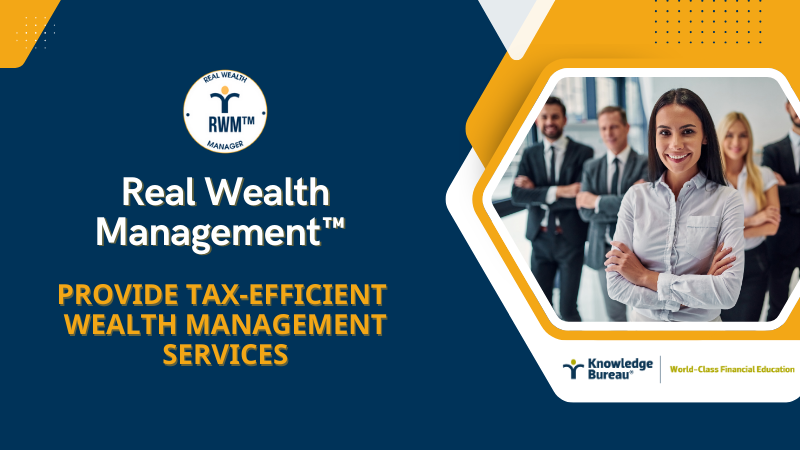Last updated: August 12 2025
Representing a Tax Client Who is a Newcomer

Evelyn Jacks
Effective July 15, 2025, the procedures for Representing a Client have changed and this can in particular effect tax filings for newcomers to Canada. Rather than requesting the authorization through tax filing software, which was done pre-July 15, the newcomer authorize the representative through the digital My Account, which requires specific criteria to be met. And that’s where the barriers to access begin. Read on to learn more:
CRA Barriers to Helping Newcomers. In particular the newcomer must provide information from their Notice of Assessment or a previously processed tax return. That means, the newcomer technically can’t authorize a representative until that first return is filed.
Only once authorized by the client, the representative can access and manage the client's tax information and submit applications on their behalf.
That’s a big problem for both parties in the first year.
How to best help? We asked Walter Harder, President of Walter Harder & Associates who dedicates his tax season to preparing returns for newcomers, for his opinion, below:
“When preparing a return for a newcomer, significant guidance is required since the newcomer is not familiar with how the Canadian tax system works. They may also have difficulty with English and find it difficult to understand their responsibilities and the benefits they are entitled to. In recent years, the process has been more efficient and accurate because, upon identifying the client, the preparer could submit an authorization request.
Once accepted (immediately in almost every case before July 15, 2025), the preparer could use “Autofill My Return” to download all the information CRA had received from employers, universities, and financial institutions. This helped guide the interview as specific employers could be cited, and the discussion about what happened during the year was easier. In addition, since most newcomers must apply for the GST Credit (and CCB if they have children), the preparer could prepare those forms (RC151 or RC66), get the client’s signatures and upload them to their CRA account.”
“Now, without authorization until six months after the first return is filed, the preparer will have to get all the information from the client (who often does not understand what T-slips are) and cannot upload RC151 or RC66 files to their account, but must submit those forms on paper.”
“In the post-assessment period, when newcomers get requests for information, or other communications with CRA, they almost always ask their preparer to help them understand what the government wants and to explain what is going on. With an authorization, the preparer can view their account, see what correspondence was sent and assist the client in resolving any issues. With no assessment, the preparer will have to rely on the client providing a copy of the communications and trying to decipher what CRA is asking for.”
Paper Authorization is possible. It is possible for file Form AUT-01E to provide authorization for offline access to a representative, in four cases: to interact with CRA for individual tax and benefit accounts, trust accounts, non-resident accounts and business number program account accounts.
But, adds Walter, the AUT-01 provides only offline access, which means you have to correspond with CRA via mail, or telephone with the inherent multi-hour wait times, even in the middle of the summer. “That’s like stepping back a decade or two when it comes to technology.” (And, we might add, taxpayer response services).
Filing for Important Tax Credits. Newcomers and the people who assist them will need to collaborate in a different way to file the important documents that bring tax free government benefits to newcomers households. Specifically, ensure the following are applied for, either electronically or offline as the case may be:
- Children in the Family – the Canada Child Benefit (CCB) - Use RC66, Canada Child Benefit Application includes federal, provincial, and territorial programs and include RC66SCH Status in Canada and Income Information for the Canada Child Benefits Application. The information you provide will also determine eligibility for the GST/HST credit, and any related provincial and territorial programs.
- GST/HST Credit - No Children – New Digital Application: Can the newcomer use the new RC151 GST/HST Credit and Canada Carbon Rebate Application for Individuals Who Become Residents of Canada digital form?
- GST/HST Credit - Children in the Family: Use RC151 GST/HST Credit and Canada Carbon Rebate Application for Individuals Who Become Residents of Canada
Bottom Line. The process of engaging with the Government of Canada for the purposes of ensuring individuals who are entitled to benefits receive them, begins with the government’s assumption that these newcomers can navigate complex definitions, digital processes, Canadian legalese or even have a computer, printer and phone to engage successfully to receive financial support through the tax system.
Tax, accounting and financial professionals can provide a great service as financial educator, advocate and steward in these scenarios. It’s the basis of the role of a Real Wealth Manager. Who is a Real Wealth Manager and why become one? For more information, see below:
